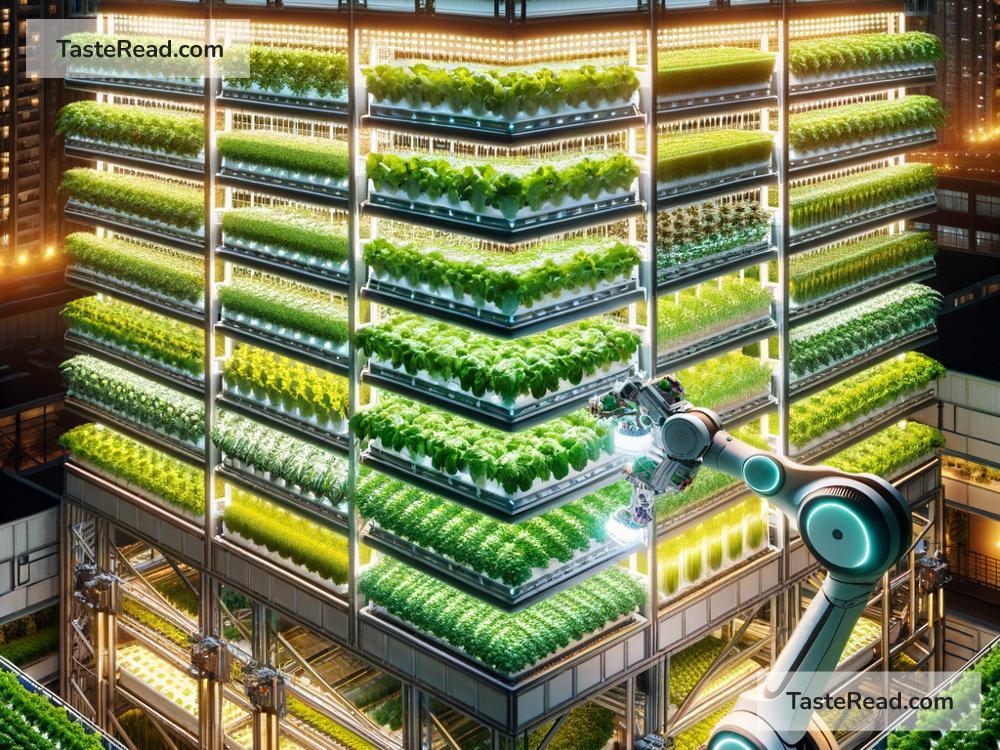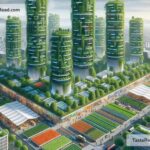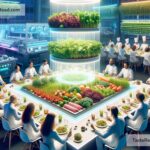The Future of Food: Building a System for Lasting Change
Food is life—it powers our bodies, connects communities, and shapes cultures. But the way we grow, produce, and consume food is undergoing big changes. As the world faces challenges like climate change, population growth, and resource scarcity, we need to rethink the future of food. It’s not just about making small adjustments; it’s about creating systemic change that ensures food is accessible, sustainable, and healthy for everyone.
Why Do We Need Change?
Our food system—the way we grow, process, transport, sell, and eat food—is in trouble. Here are some of the key issues:
-
Environmental Impact: Food production, especially industrial farming, harms the environment. Clearing land for agriculture leads to deforestation, while fertilizers and pesticides pollute water and soil. Livestock farming produces large amounts of greenhouse gases, contributing to climate change.
-
Food Waste: According to reports, about one-third of all food produced worldwide is wasted. This happens at every level, from farms to supermarkets to households. Wasted food is not just bad for the economy—it’s also a missed opportunity to feed hungry people.
-
Health and Nutrition: Many people around the world face hunger and malnutrition. At the same time, others suffer from obesity and health issues caused by unhealthy diets. The global food system isn’t doing a great job of delivering nutritious, affordable food to everyone.
-
Unfair Practices: Farmers, especially those in developing countries, often struggle to make a fair living. Big corporations dominate the industry, leaving small producers at a disadvantage.
These challenges are interconnected, and solving them requires systemic change—a deep transformation of the entire food system.
The Future of Food: What Could It Look Like?
Imagine a world where healthy, sustainable, and affordable food is available to everyone. What changes could help us get there? Let’s look at some exciting ideas and innovations shaping the future of food.
1. Sustainable Farming Practices
Farmers and scientists are finding new ways to grow food that are better for the environment. For example:
– Regenerative agriculture focuses on rebuilding soil health, reducing chemicals, and increasing biodiversity. Healthy soil can store carbon, helping fight climate change.
– Vertical farming grows crops indoors using stacked layers, LED lights, and minimal water. This reduces the need for farmland and transportation.
By adopting eco-friendly practices, we can produce food without destroying the planet.
2. Alternative Proteins
Meat production is resource-intensive and contributes to climate change. That’s why companies are creating alternative proteins, like plant-based meat and lab-grown meat. Products like Beyond Meat and Impossible Burger mimic the taste and texture of real meat without needing animals. Lab-grown meat, on the other hand, is produced directly from animal cells.
These alternatives could reduce greenhouse gas emissions, save water, and provide sustainable options for meat lovers.
3. Reducing Food Waste
Technology and better systems can help cut down on food waste. For example:
– Apps like Too Good To Go connect people with surplus food from restaurants and stores at a discounted price.
– Better packaging and storage solutions can extend the shelf life of food.
Reducing waste means fewer resources are wasted, and more people can be fed.
4. Empowering Local and Small-Scale Farmers
Small-scale farmers play a vital role in feeding the world, but they often face challenges like low income and limited access to markets. Supporting these farmers through fair trade practices, better policies, and technology can make the food system more equitable.
When farmers earn a fair income, they can invest in sustainable practices and improve food security in their communities.
5. Personalized Nutrition and Food Technology
As technology advances, we might move toward personalized nutrition. Using data from wearable devices and genetic testing, companies could design diets tailored to individual health needs. For example, someone with a vitamin deficiency could receive meals rich in that specific nutrient.
Food technology is also creating new ways to enhance flavor, nutrition, and convenience. Imagine nutrient-packed smoothies that give you all your vitamins on the go, or fortified snacks that fight malnutrition in developing countries.
What Can We Do Today?
Systemic change doesn’t happen overnight, but we can all play a role in creating a better future for food. Here are some simple steps we can take:
-
Choose Sustainable Foods: Support brands and farmers who prioritize sustainability. Look for labels like “organic,” “fair trade,” or “locally sourced.”
-
Reduce Food Waste: Plan your meals, store food properly, and donate excess food when possible. Even small actions make a big difference.
-
Embrace New Options: Try plant-based or alternative proteins. They’re delicious, often healthier, and better for the planet.
-
Learn and Advocate: Educate yourself about food issues and encourage systemic change. Support policies that improve farming practices, reduce waste, and promote fair wages for workers.
A Shared Responsibility
The future of food isn’t just up to farmers, scientists, or policymakers—it’s up to all of us. By making thoughtful choices as consumers and advocating for change, we can build a food system that nourishes people and protects the planet.
Systemic change may sound daunting, but it’s possible. Through innovation, collaboration, and a shared commitment, we can create a brighter, more sustainable future for food. So, let’s start today—because the future of food is about more than survival. It’s about thriving together.


